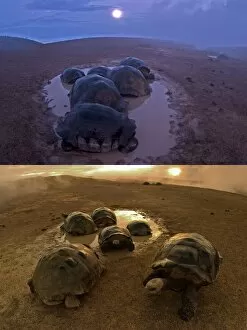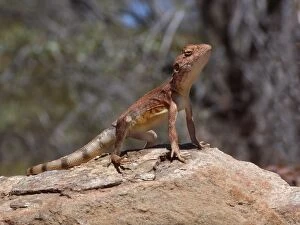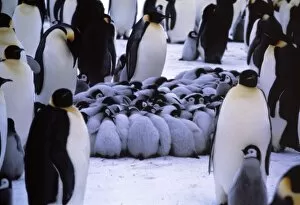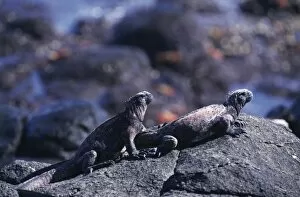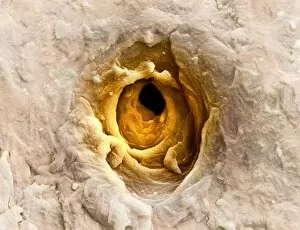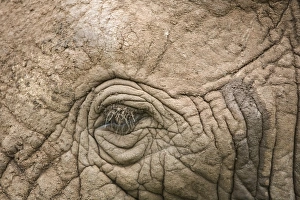Thermo Regulation Collection
"Adaptation at its Finest: Thermo Regulation in the Animal Kingdom" From the Galapagos giant tortoise to the Pebble Dragon of Western Australia
All Professionally Made to Order for Quick Shipping
"Adaptation at its Finest: Thermo Regulation in the Animal Kingdom" From the Galapagos giant tortoise to the Pebble Dragon of Western Australia, animals have developed remarkable ways to regulate their body temperature. Intriguingly, these creatures employ various techniques to stay cool or warm depending on their environment. For instance, the Galapagos giant tortoise utilizes sweat glands in its skin to release excess heat and maintain a comfortable body temperature. Meanwhile, in South Africa's Mkhuze Game Reserve, a Warthog finds solace by wallowing in mud. This behavior not only cools them down but also acts as protection against harmful sun rays. Speaking of reptiles, the Pebble Dragon showcases an extraordinary method of thermoregulation. Standing on rocks with one hind foot raised helps dissipate heat from their bodies efficiently. Not far away from them is another male Pebble Dragon exhibiting this clever cooling technique. These small lizards truly demonstrate how adaptation can be both practical and visually striking. Venturing into Brazil's Cuiaba River, we encounter a majestic Cocoi Heron spreading its wings wide open while keeping its beak agape. By doing so, it loses excess heat through evaporation and maintains optimal body temperature even amidst scorching temperatures. The marine iguana takes us underwater where they dive deep into chilly waters for food but then bask under the sun to raise their core temperature again—a true testament to adaptability. Lastly, Emperor penguin chicks huddle together tightly during harsh Antarctic winters for warmth and survival—an adorable display of communal thermo regulation among these resilient birds. Nature never ceases to amaze us with its ingenious solutions for thermal challenges faced by different species across diverse habitats. Whether it's sweating like a tortoise or huddling like penguins—these animals prove that when it comes to staying comfortable in extreme conditions—it's all about finding the perfect balance.

